Atlit beach and antiquities
- Mike Levitt

- Jun 13, 2016
- 3 min read
On Isru Chag Shavuot, prior to a pleasant June afternoon on the beach at Neve Yam, just south of Atlit, we examined some of the interesting crusader history at Atlit, though not up close: part of it is in a closed military area and in any event it was too hot and humid! Atlit is also interesting for its later history when the British ran a detention camp for illegal Jewish immigrants, partly in the ruined fortress, and there is a museum at Atlit on the subject which, I hope, will be the subject of a future post.
Atlit shows evidence of human habitation since the early Bronze Age. But it was the Crusaders who built Château Pèlerin (Atlit Fortress, Castrum Perigrinorum or Castle Pilgrim) in 1218 CE, one of the largest citadels in the Holy Land, and one of the last remaining Crusader outposts to withstand the assaults of Baibars. Although there was a ceasefire agreement between the Mameluks and Crusaders, when Acre, the capital of the Crusader Kingdom, fell, the castle was abandoned in August 1291 and the knights that protected it surreptitiously sailed to Cyprus. Deserting the castle sealed the fate of the Crusaders' reign in the country forever.
The castle was not demolished by the Mamluks as was their normal practice after capturing a crusader fortification and remained in good condition until it suffered severe damage during the Galilee earthquake of 1837, and was also further damaged by Ibrahim Pasha in 1840, who used it as a source of stone for Acre. The fort is closed to the public, as it is in a closed military area of Flotilla 13, a naval commando unit.

On the shore just north of the castle is an ancient enclosed cemetery of about 100 square metres containing hundreds of Crusader tombs, some still with their carvings visible.

The Jewish village was founded in 1903 under the auspices of Baron Edmond de Rothschild. In 1938 there were 508 Arabs and 224 Jews living in two villages, each called Atlit, adjacent to each other. The Arab presence underwent a sharp decline in the 1940s due to land sales, so that by 1945 there were only 150 Arabs still living there alongside about 2,000 Jews. The circumstances under which the remaining Arabs left in 1948 are not recorded. Nearby Atlit detainee camp was used by the British authorities to detain Jewish immigrants to Palestine; it is now a museum of the Ha'apala.
Just inland from the castle is Le Destroit (also known as Districtum or Horvat Karta) a ruined medieval fortress pre-dating Château Pèlerin but also built by the Crusaders in the early 12th century CE as a guard station to protect the strategic point next to the gap hewn in the eolianite ridge, made to facilitate the discharge of water from the Beit Oren Stream and against formation of swamps. This hewn passage was called a Districtum (the narrow passage) by the Crusaders and Destroit in Norman French, hence the castle’s name. Brigands attacked the Crusader King Baldwin I and his entourage just right of the Destroit passage in the year 1103 and put the king in prison.
When the larger Castrum Perigrinorum was completed in 1218, Le Destroit was dismantled by the Crusaders so that it couldn’t be used the Muslim enemy as a staging ground for an attack on the main castle. Today the castle's podium, stables and moat, cut into the sandstone rock, can be seen.
The name Karta Ruins stems from an erroneous identification of the author of the Bordeaux Itinerary, who in 333 CE had mistakenly identified the Destroit Ruin with a khan called Mutatio Certhae – the place for changing horses that has now been identified as the Megadim Mound.
A British era water tank stands upon the ruins of Khirbet Karta.

Here are some more shots of Château Pèlerin and Atlit beach:
With many people back at work after Shavuot, but the schools still on holiday, we enjoyed a quiet and cleaner beach south of Atlit at Neve Yam. It was very peaceful, and we watched some fishing boats land their catches, as we looked out to Octopus Island.
But don't be thinking this was simply a beach on which to relax, with nothing of historic interest. Beneath the waves, very close to the shore, can be seen the remains of a submerged neolithic settlement and anchorage. And below is a piece of neolithic wave-worn pottery I picked up on the beach.








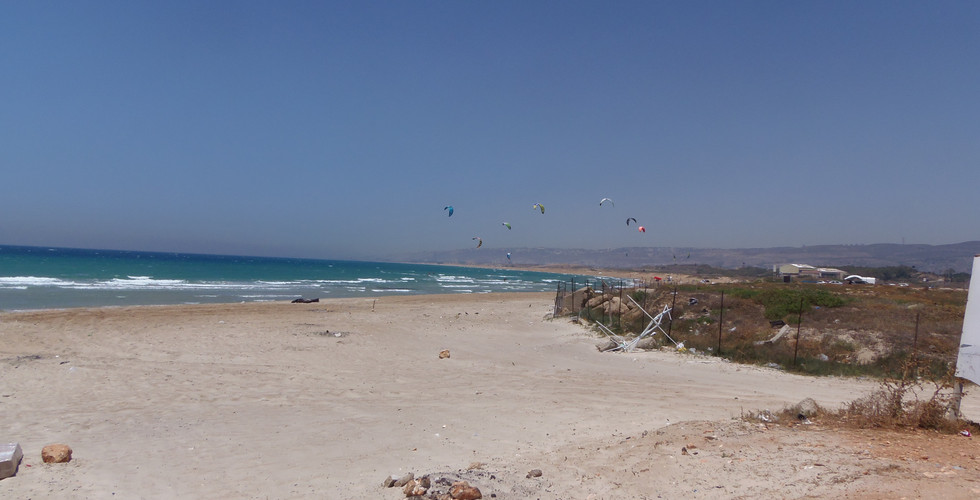

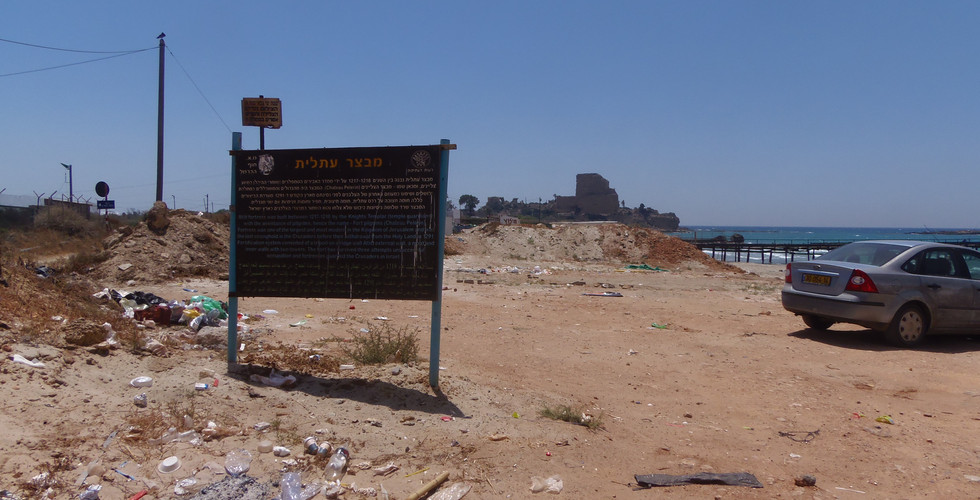



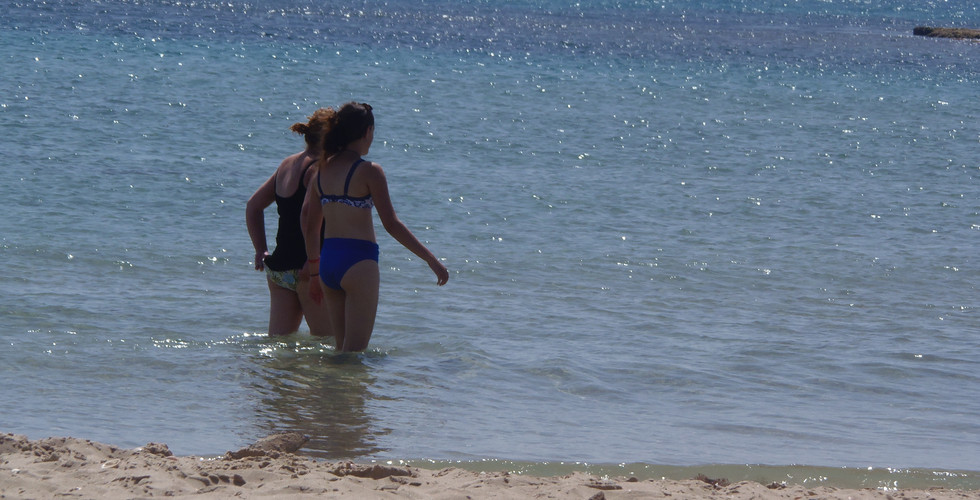







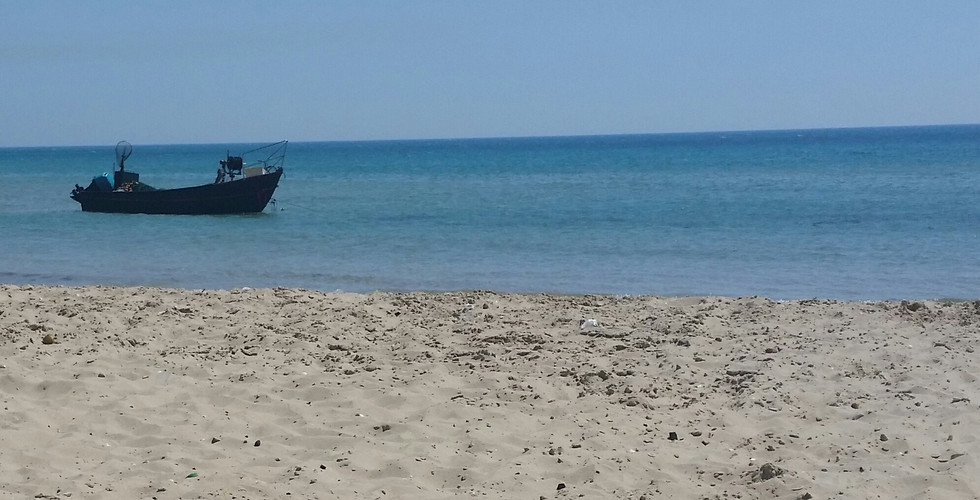
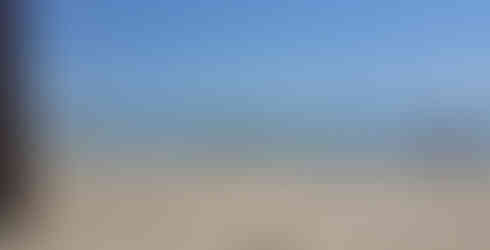


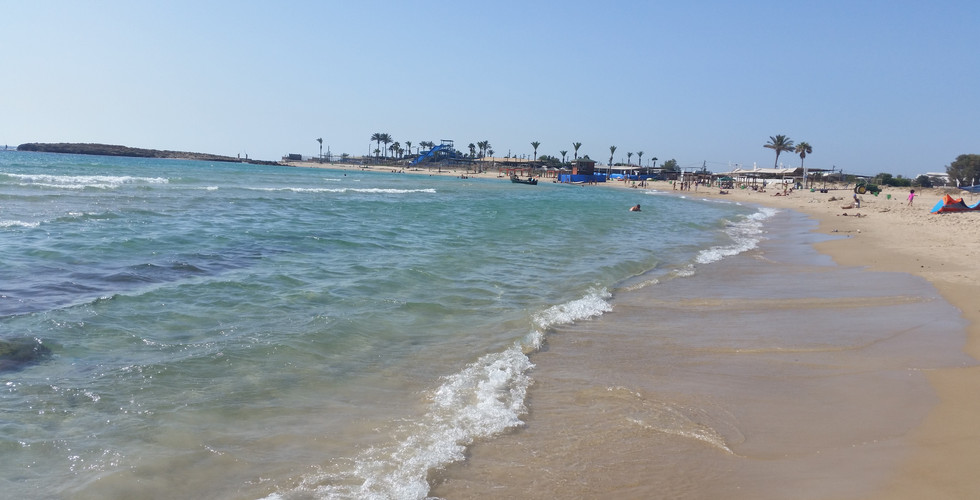

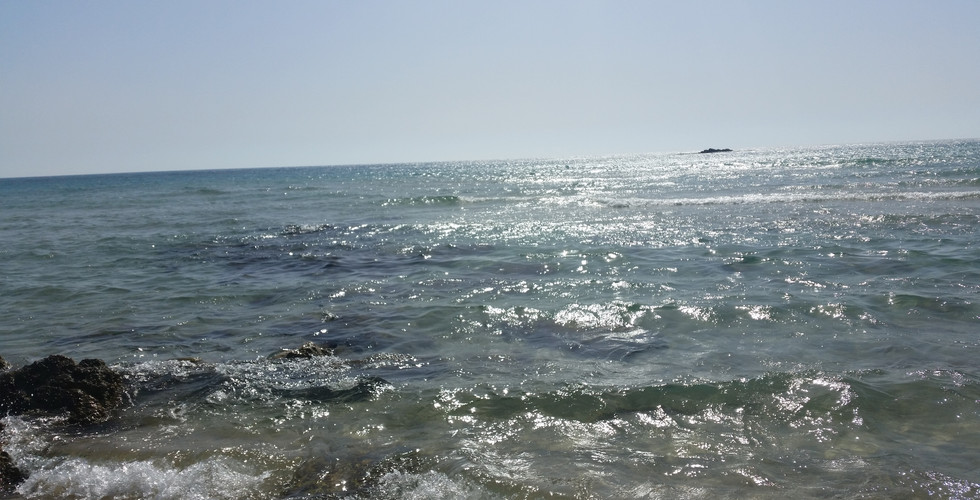
Comments